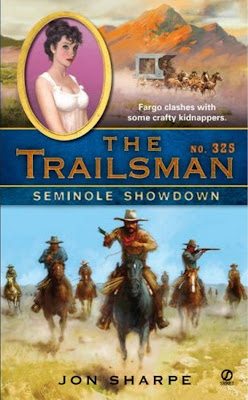 It was bound to happen sooner or later. Earlier this week, someone on another blog reviewed the Forgotten Book I was going to post about today. But I liked it enough that I’m going to write this post anyway. As a wise woman once told me, you can’t say enough about a good book.
It was bound to happen sooner or later. Earlier this week, someone on another blog reviewed the Forgotten Book I was going to post about today. But I liked it enough that I’m going to write this post anyway. As a wise woman once told me, you can’t say enough about a good book.William P. McGivern is one of those authors whose work I’ve been aware of for decades without ever reading much of it. I read his World War II novel, SOLDIERS OF ’44, which is part war novel (which works pretty well) and part military/legal thriller (which didn’t work, as far as I’m concerned). A few years ago I read his private eye novel BLONDES DIE HARD, written under the pseudonym Bill Peters, which I liked. You can read my comments on it here.
Now I’ve read his novel ROGUE COP, and it’s easily the best McGivern I’ve read so far. Philadelphia police detective Mike Carmody is the rogue cop of the title, up to his neck in graft and corruption. His younger brother Eddie is also a cop, but of the honest variety, and when Eddie winds up with the local mob after him, Mike has to take sides and choose whether to protect himself or his brother.
There’s probably not a lot in this book that will surprise the veteran reader of hardboiled thrillers, but boy, the pace really rockets along. McGivern’s prose is just as smooth as it can be, and he does a great job of creating rounded, morally conflicted characters, chief among them Mike Carmody himself. There are plenty of tough action scenes, and a great line near the end. I’ll definitely be seeking out more McGivern novels, and if you haven’t read ROGUE COP, it gets a high recommendation from me.














